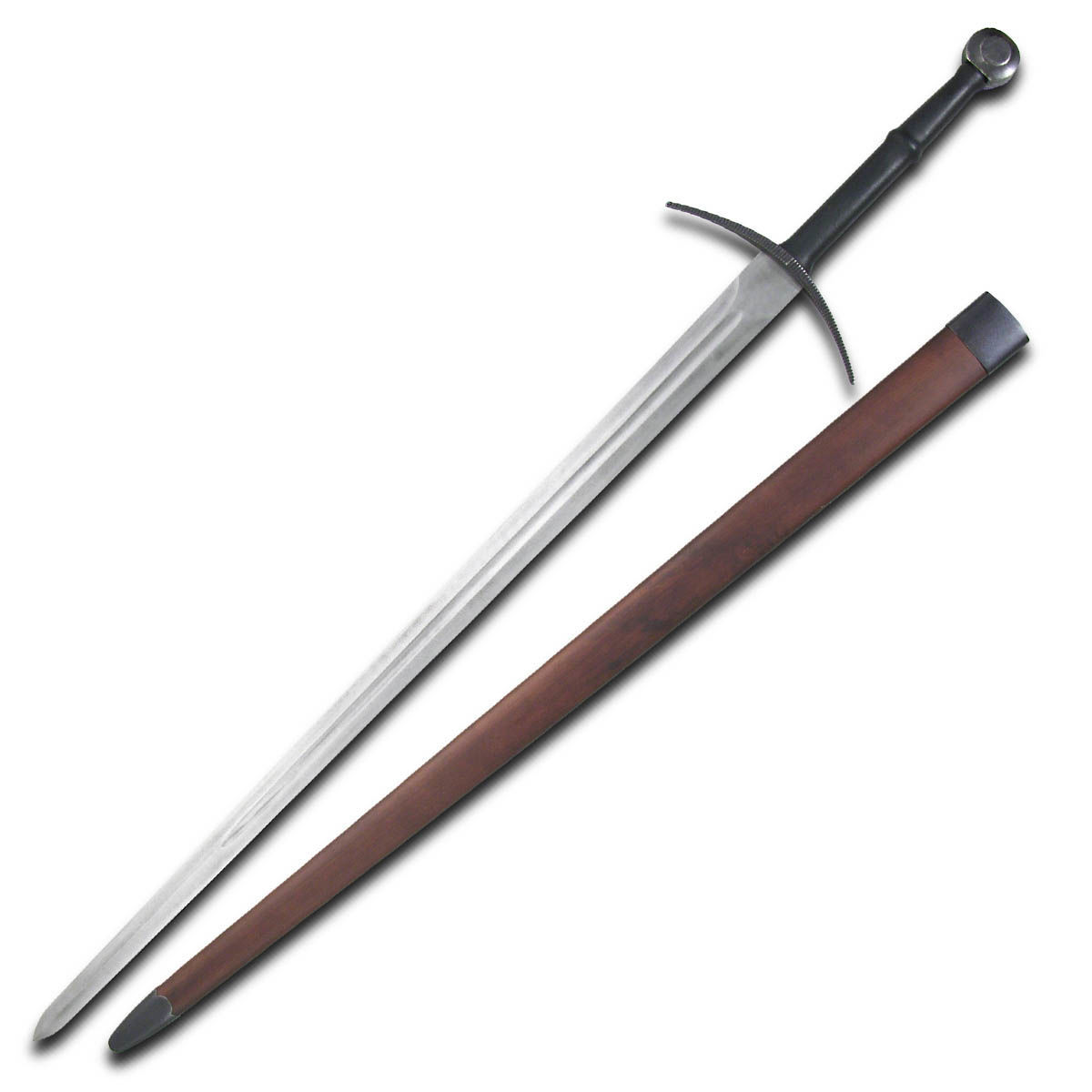Hand and a Half Swords – Excellence in Versatility
Posted by MRL on Aug 21st 2017
Hand-and-a-half swords developed around the mid-15th century and were used well into the 16th century. They featured long handles with half-grips and so could be wielded with one hand or two. The typically tapered blades were longer than arming swords but did not possess the double-hand grips of heavier war-swords. Perhaps because hand-and-a-half swords did not legitimately belong to either of these sword families, they were also known as bastard swords.
The blades might have been either flat or narrow for fighting plate-armored opposition. While some were ideal for cutting, others were good for thrusting. The handles featured "waist" and "bottle" shapes for practical purposes. For instance, the "waist" shape had a wider center and tapered towards the pommel, enabling greater control of the weapon by one hand or two.
 Hand-and-a-half swords also made use of different techniques, some of which varied appreciably. One technique was pommeling or palming where the palm of one hand partially held the rounded pommel, facilitating greater reach. This style was a complete opposite of another where the index finger of one hand wrapped around the cross guard. The second technique helped to thrust the sword into armor openings with better accuracy. But, it also exposed the fingers, leading to the development of the compound hilt which protected the hand against attacks by thrusting strokes.
Explore a range of historical and fantasy hand-and-a-half swords. Also, you can check out this blog post for information on longswords and two-handed swords.




